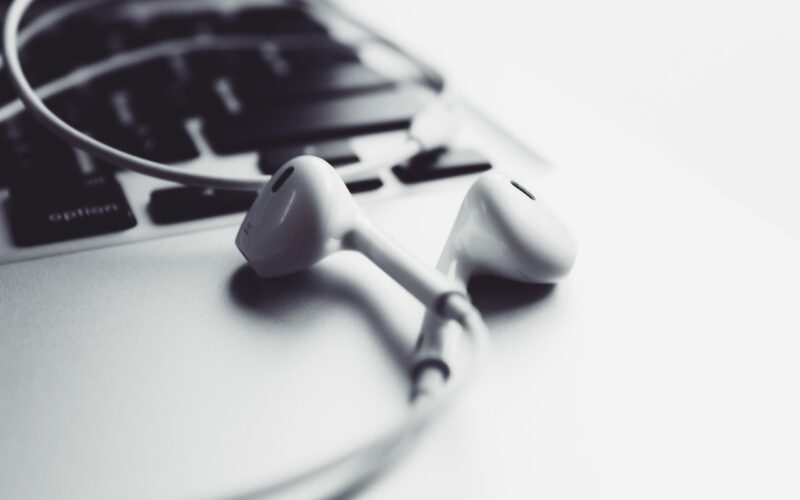Age-Related Hearing Loss
As we age, our bodies go through many changes, and our hearing is no exception. Age-related hearing loss, or presbycusis, is a common condition that affects millions of people, often developing so gradually that it goes unnoticed in its early stages. For this reason, integrating an annual hearing check-up into your routine healthcare is a crucial step in maintaining your overall well-being. These regular assessments allow for the early detection and management of hearing changes, helping you stay connected to the world around you and safeguarding your quality of life.
Why routine hearing checks matter for overall health
The benefits of monitoring your hearing extend far beyond simply catching sounds. Early detection of hearing loss is vital for cognitive health, as research has shown a link between untreated hearing impairment and an increased risk of cognitive decline. When the brain has to work harder to process sound, it can strain cognitive resources. Proactively managing your hearing helps keep your mind sharp. Furthermore, hearing is fundamental to social engagement. Difficulty following conversations can lead to frustration, withdrawal from social activities, and feelings of isolation. By addressing hearing loss early, you can continue to participate fully in conversations with family and friends, maintaining vital social connections. Finally, good hearing is a matter of safety, allowing you to hear smoke alarms, approaching vehicles, and other important environmental cues.
What to expect during a comprehensive hearing assessment
A hearing assessment is a straightforward and painless process designed to provide a complete picture of your auditory health. The appointment typically begins with a discussion of your medical history, any hearing-related symptoms you may be experiencing, and your lifestyle needs. Next, the audiologist will perform an otoscopy, using a special instrument called an otoscope to look inside your ear canals and at your eardrums. This visual inspection checks for blockages, such as excess ear wax, or any signs of infection or abnormalities. The core of the assessment involves a series of tests, including pure-tone audiometry, where you listen to sounds at different pitches and volumes to determine your hearing thresholds. Speech testing may also be conducted to evaluate how well you understand spoken words in quiet and noisy environments.
The role of professional ear wax removal
During the otoscopy, your audiologist might discover that your ear canal is blocked by impacted ear wax, a common issue that can cause temporary hearing loss, tinnitus, or a feeling of fullness in the ear. In such cases, professional ear wax removal is necessary before a full hearing test can be accurately completed. It is important to avoid trying to remove impacted wax yourself, as using cotton buds or other objects can push the wax deeper and risk damaging the eardrum. Professionals have safe and effective methods to clear the blockage.
Understanding different methods of ear wax removal
There are several professional techniques for ear wax removal, and the appropriate method depends on your ear health and the extent of the blockage. One traditional method is ear syringing, which involves gently flushing the ear canal with water to wash out the wax. However, a more modern and widely preferred technique is ear wax microsuction. This procedure uses a fine suction device and a microscope to view the ear canal, allowing the practitioner to precisely and gently vacuum out the wax. Microsuction is considered the safest and most comfortable method, especially for individuals with a history of eardrum perforations or ear infections, as it is a dry procedure that avoids introducing moisture into the ear.
Taking the next step for your hearing health
The results of your hearing assessment will be explained to you in detail, providing a clear understanding of your current hearing status. If a hearing loss is identified, the audiologist will discuss personalized solutions, which may include hearing aids, assistive listening devices, or communication strategies. If the issue was simply impacted wax, you will likely notice an immediate improvement in your hearing after it is removed. Regardless of the outcome, the information gained from an annual check-up empowers you to take control of your auditory health.
Making an annual hearing assessment part of your regular health schedule is a simple yet powerful step toward healthy aging. It allows for the early detection of issues, provides an opportunity for safe ear wax removal when needed, and ensures you have the support to address any changes in your hearing. By prioritizing your auditory health, you invest in your cognitive function, social well-being, and overall safety for years to come. Schedule an appointment with a hearing healthcare professional to establish a baseline and begin monitoring this vital sense.





